This Year's America's Cup Will Be the Most Intense
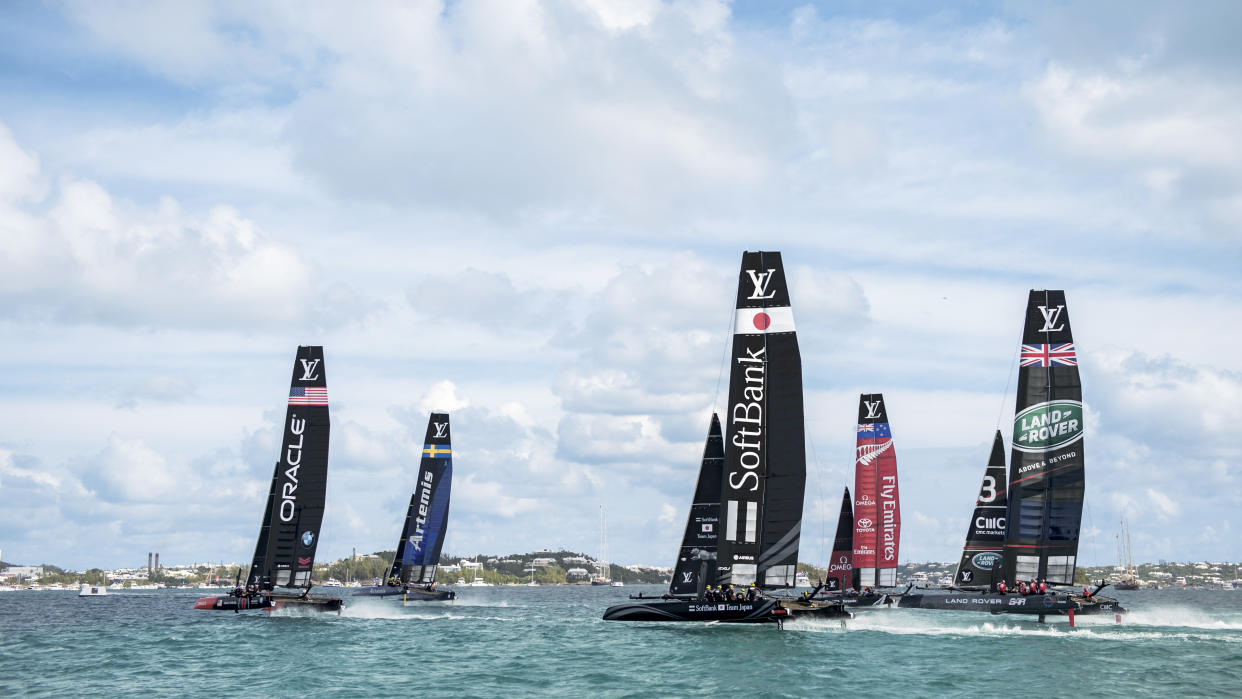
"The America's Cup will be the largest event this island has ever hosted," my taxi driver says on the drive into Hamilton from L.F. Wade International Airport on Bermuda. "We're very excited, and we're hoping for a lot of people."
"A lot of people" is not something the British territory in the middle of the Atlantic Ocean, 665 miles off the coast of North Carolina, is used to. The wonderland of pink sand has barely changed in years. Case in point: the Dark 'n Stormy, a Gosling's Black Seal rum and ginger beer concoction that might as well be the island's mascot, tasted just as refreshing and authentic at the Coral Beach and Tennis Club this week as it did on my 21st birthday nearly a decade ago. (I was pleased to see the club's Amazon parrot, Alonso, still squawks away in the wicker and chinoiserie-filled clubhouse, too.)
The impending America's Cup, which begins May 26 and runs through June 27, will bring more change to Bermuda's 181 islands and their 60,000 residents than any moment in recent history. The third-largest sports event in the world (after the Olympics and the World Cup), the America's Cup has had teams vying for its sterling-silver trophy since 1851. It's the sailing version of Formula 1, with boats whose immense speed and cutting-edge technology are simply unparalleled anywhere on the water.
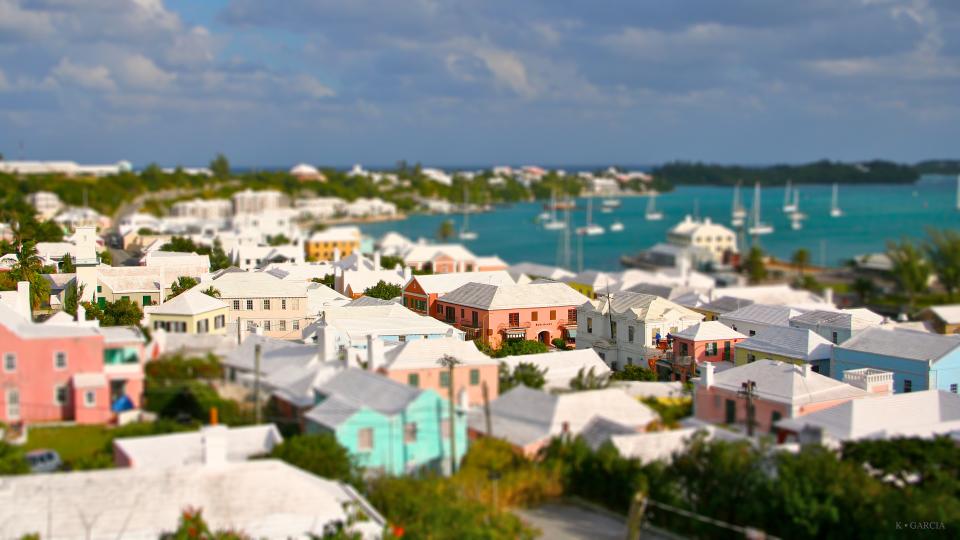
And with six teams, from America, France, Sweden, New Zealand, Japan, and United Kingdom in contention, this year is shaping up to be the toughest competition ever. Here's how and why.
The Boats Will Literally Fly Across the Water
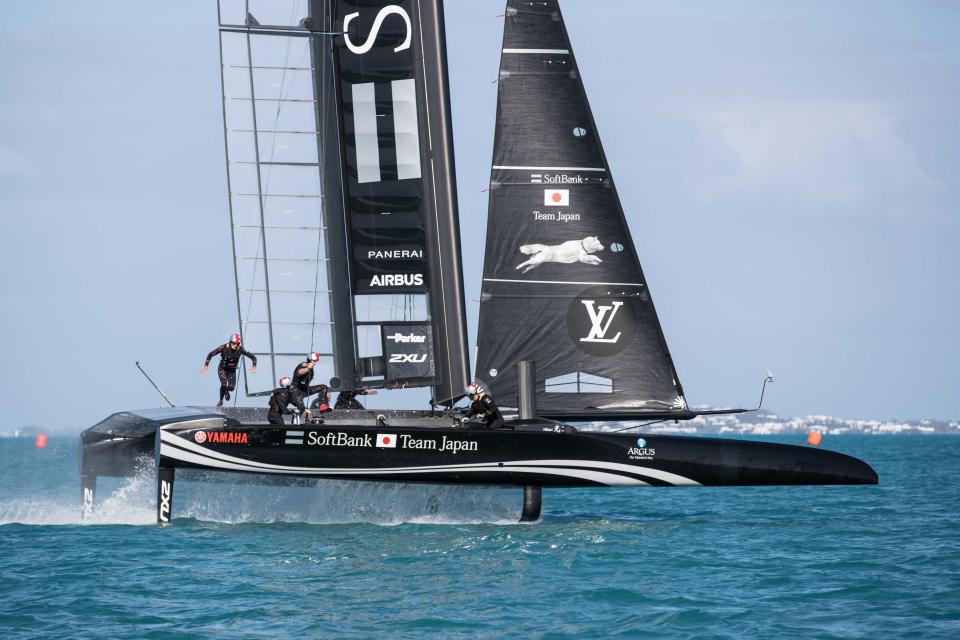
Hinckley sailboats these are not. The AC50 catamarans that will sail in the 35th edition of the race are just under 50 feet in length, with hydrofoils under their two hulls. It's no coincidence that Oracle Team USA, the defending champion, is largely funded directly by tech billionaire Larry Ellison (the team's budget is $90 million) and has partnered with aeronautics leader Airbus to advise on design.
"In the past the focus was on hull shape, the aerodynamics of the sails, and the shape of the keels," Peter Rusch, communications director for Oracle Team USA, said this week at the team's base at the Royal Naval Dockyard. "That's all very different from this edition of the America's Cup. Now, the boats lift up and fly and foil."
"The fact is this'll be the toughest America's Cup to date," says Oracle Team USA's Jimmy Spithill.
The boats rise out of the water for the same reason that airplanes glide up into the sky, albeit with water instead of air. When they reach a speed at which the water flowing over their foils is moving faster than the water flowing below their foils, the pressure difference necessary for lift is created.
"The size and shape of the foils has a massive impact on the way the boat performs so that's where all the research and development has gone," Rusch said. Like all six teams, Oracle Team USA is only allowed to build one race boat using the same design and the same sail design, with materials supplied by North Sails. That doesn't stop them from building additional test boats, though, and Rusch said they and most others have built three other boats to explore new ideas and systems.
"To me, America's Cup needs to be Formula 1 in every regard, from design to performance," said Oracle Team USA Skipper Jimmy Spithill, who got his private pilot's license when the rigid-wing style boat designs were introduced. He's also started working on a helicopter license and compares steering these technological marvels to trying to make a small helicopter hover: "You're never perfect, you're just trying to anticipate the next move, and when you're driving these boats every adjustment affects something else. You just try to anticipate."
The sailors themselves also need to be in incredible shape, since everything on the boats is powered by them. There are no batteries, no way of storing power, and no engine-just these athletes. Read more about their training regimen here.
[related id='1fa275b4-733c-4bb3-8ac2-3ff8b6b10ab8' align='center'][/related]The Boats Will Be Faster Than Ever
With a top speed near 50 miles per hour and an average speed of 35 to 40 miles per hour, the current America's Cup boats are moving about twice as fast as those of a decade ago.
Emirates Team New Zealand set a record with 47.57 knots(55 mph) in 21.8 knots of wind on September 24, 2013.
That means, Rusch said, the "decisions sailors need to make are very quick." So, in addition to the physical training they endure, the team members complete mental puzzles like color tests, word tests, and math problems during their workouts to reinforce the importance of decision-making when they're physically spent.
Below, watch a Facebook Live discussion with Oracle Team USA Design Coordinator Scott Ferguson and a training race on the Great Sound of Bermuda.
Bermuda Is Like No Other Race Venue
"San Francisco was great because it's a wind factory, and you get 20 knots from the same wind direction every day," Oracle tactician Tom Slingsby said. "In Bermuda you get wind from 360 degrees of the compass, and you never know which direction you're going to get."
That uncertainty means the sailors have to be incredibly experienced and knowledgeable. "I think here the best sailors all-around will win here, because you've got to be good in light winds, medium winds, and strong winds, whereas in San Francisco you had to be good in one condition," he said.
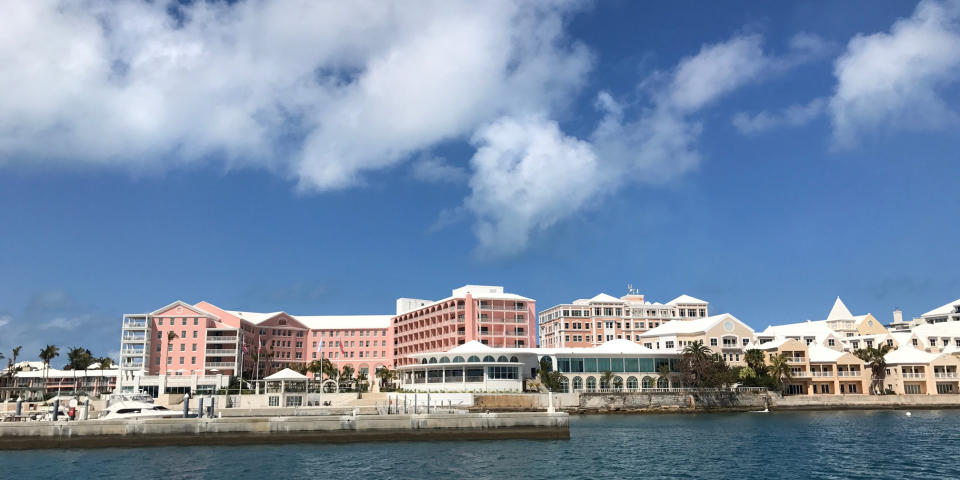
And then there's the weather-foggy San Francisco can't compete for blue skies with idyllic Bermuda. "It's paradise," Slingsby said. "We all live really well and hang out together, our kids go to school together, and you're only 50 meters from water pretty much wherever you are on the island."
Oracle Team USA relocated to Bermuda in April 2015, a move that included about 75 people, many with families and kids in school. The team subsidizes housing, the team's general manager, Grant Simmer, said, and while some of the younger sailors live together in group houses, most of them live with their families in separate homes.
The Competition Will Be Fierce
During the 2013 America's Cup, skipper Jimmy Spithill led Oracle Team USA to a 9-8 victory over Emirates Team New Zealand after clawing back from an 8-1 deficit.
"I think it'll be just as tough this year," the Australian-born Spithill said this week. "Obviously we'd like to win the first few races as opposed to losing them."
Spithill's team has 14 men, broken into two teams of six, plus two spares, so every position has a backup in case someone gets sick or injured.
He pointed out that "one good thing we have to our advantage is we've seen our people in the worst situation, at match point. Typically when you're winning everyone's happy, everyone gets along, and there are no personality conflicts."
"But when you're going through difficult times, in a match point situation, that's when you typically see a team split apart," he said. "I think we have that to our advantage, but the fact is this'll be the toughest one to date. We haven't seen New Zealand-we have a lot of people down there watching them [practice], but until you get that boat next to you, we don't know."
The Sailors Will Be Well-Outfitted
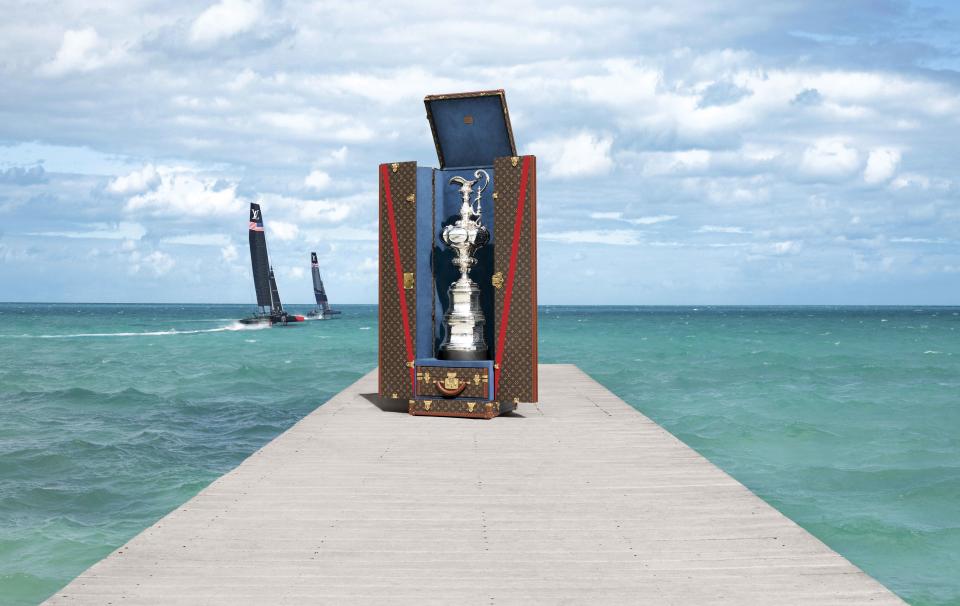
It's not just Ellison who's pumping money into the event. The title sponsor, Louis Vuitton, created a special trunk to house the America’s Cup trophy and a new Louis Vuitton America’s Cup Challenger’s Cup and a trunk to hold it, too. The brand also launched an America's Cup menswear collection in March, with knitwear, outerwear, shorts, and polos.
Preppy purveyor Vineyard Vines is the official outfitter of the Cup, and Officine Panerai made a limited number of five special-edition watches to commemorate the event (one general sponsor watch, three for Oracle Team USA, and one for SoftBank Team Japan).
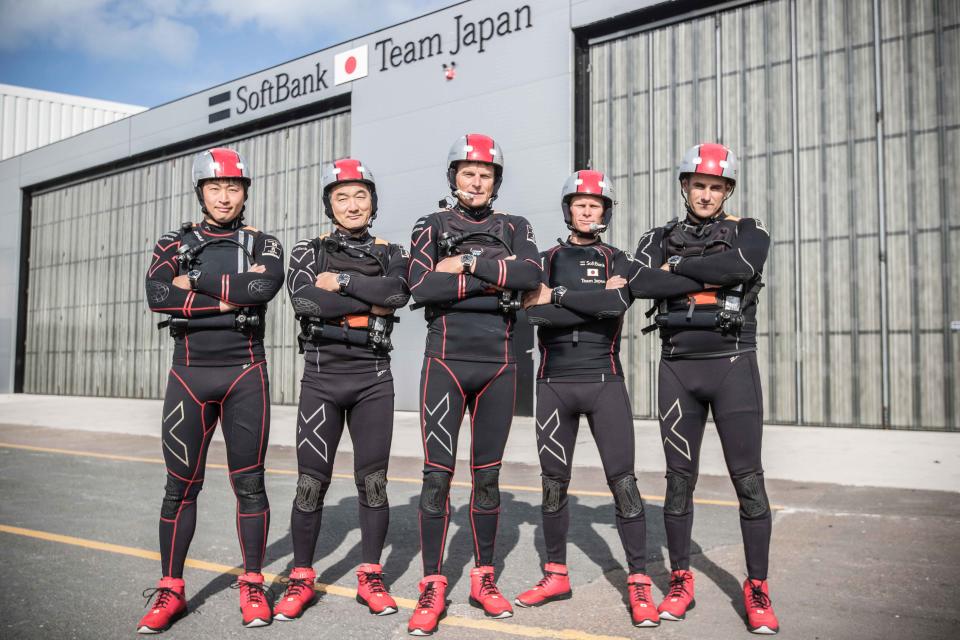
"It was, in my opinion, an opportunity for Panerai to enter in the gotha of sailing," Angelo Bonati, the brand's CEO, said, using the Italian word for the "most important" version of something. The watchmaker has deep roots in the maritime community; it began supplying water-resistant watches to the Royal Italian Navy in the early 20th century, and since the Richemont Group took the brand over in 1997 it's made sponsoring the Classic Yachts Challenge circuit a priority. The "America's Cup is the first regatta of the world. It's the oldest and the first in terms of quality," he said, echoing a sentiment long held in the sailing world that the welcoming community of Bermuda has also embraced.
[related id='03ee22de-37c9-40ff-8f21-5289968fe9fa' align='center'][/related]
You Might Also Like

